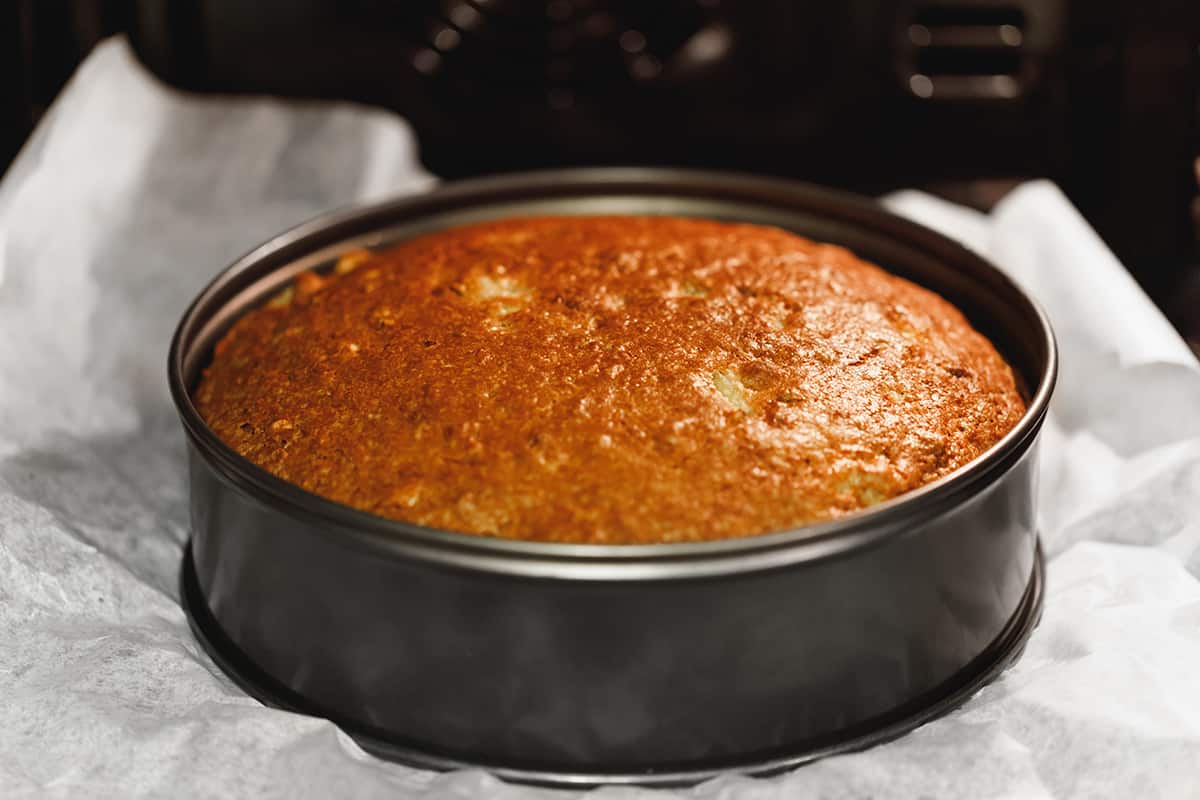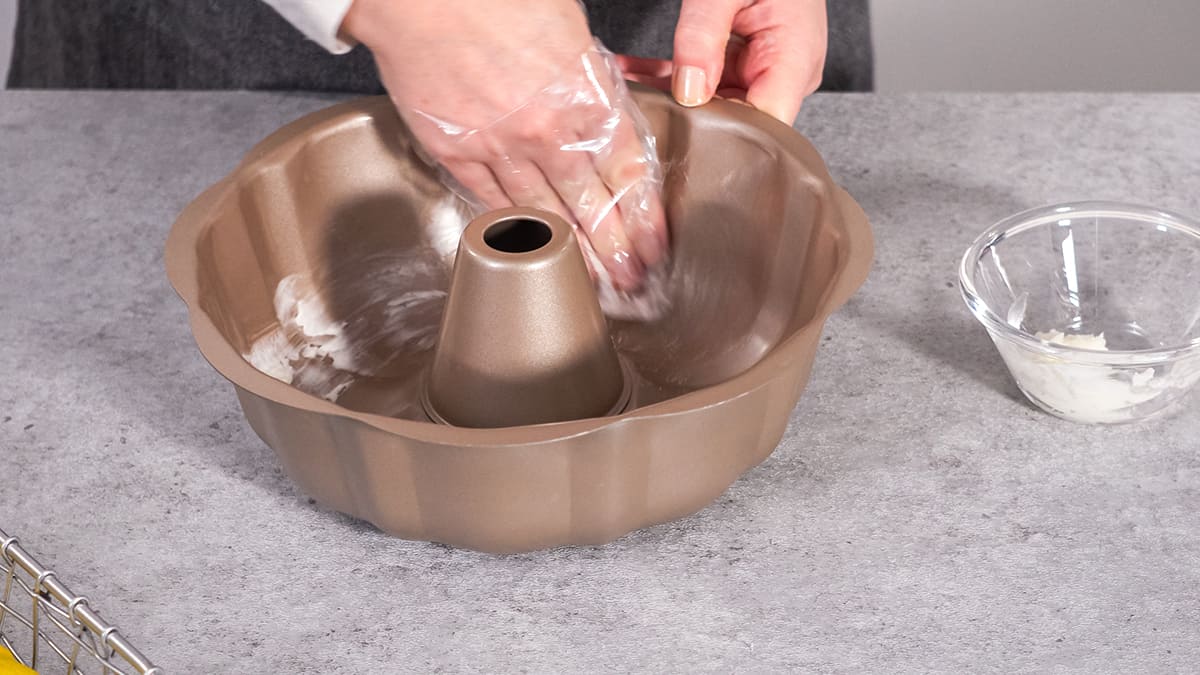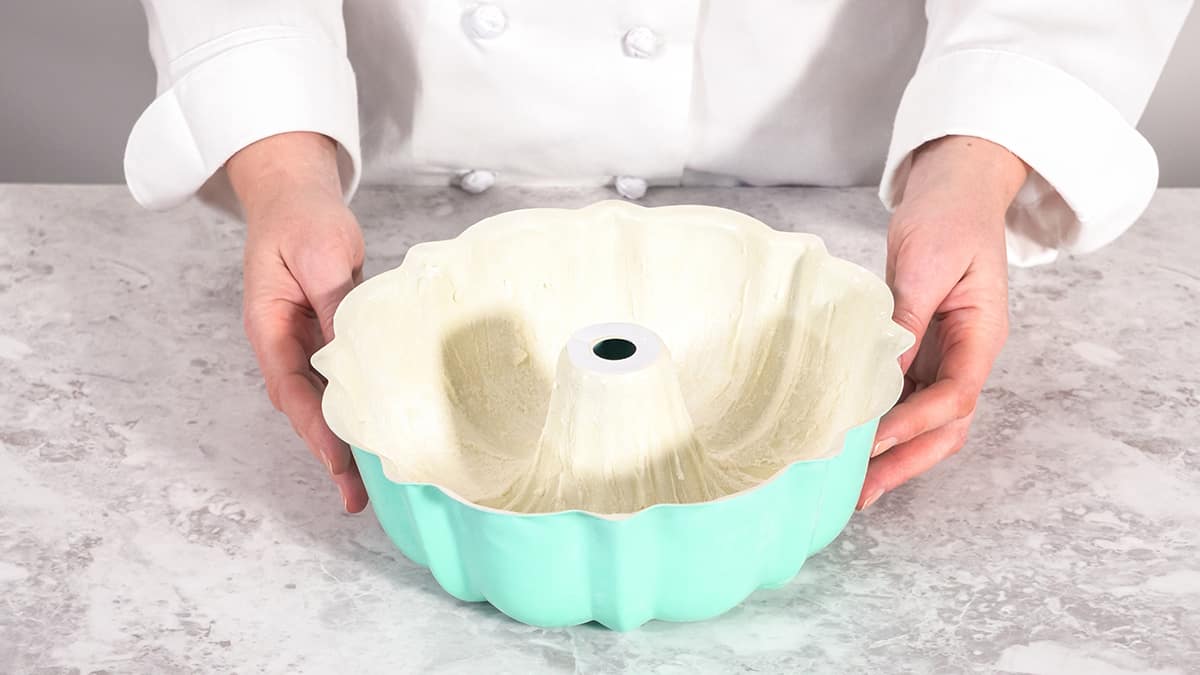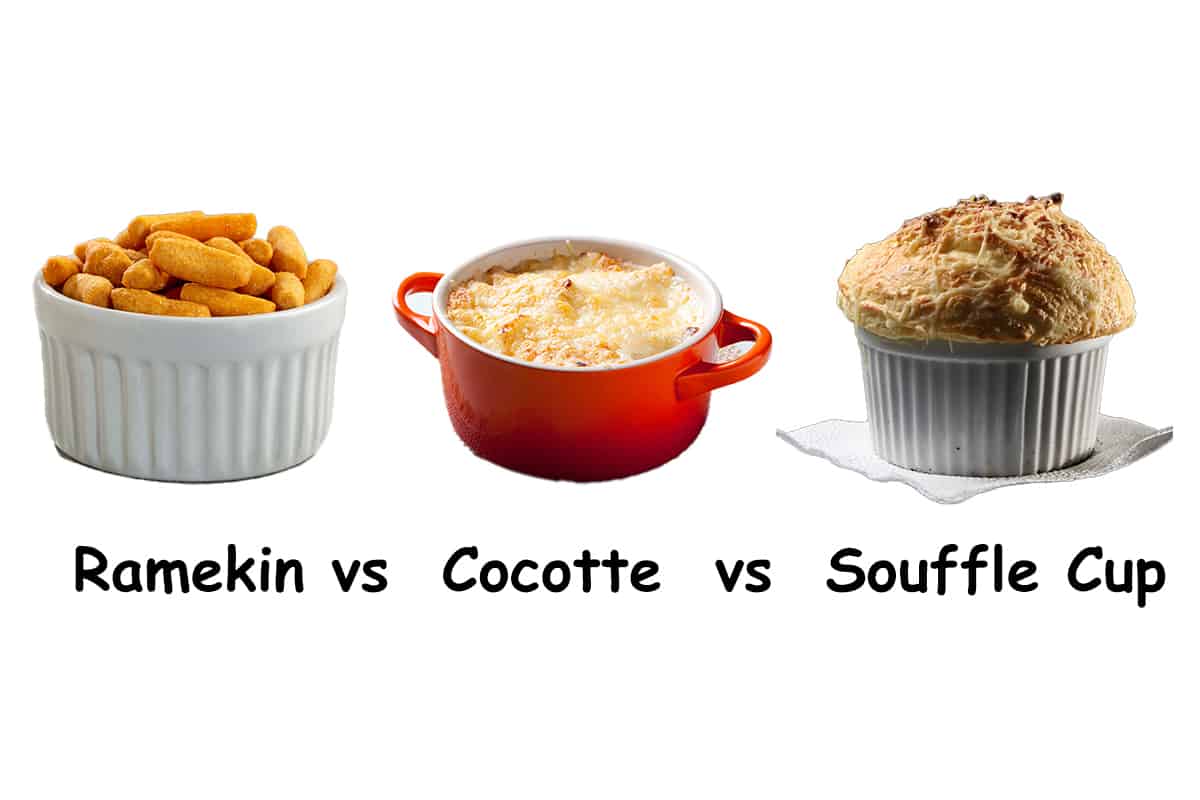When it comes to baking cakes, the size of the cake pan you use can have a big impact on the final result. The wrong size pan can result in a cake that is too thick or too thin, overcooked or undercooked or has uneven edges. Choosing the right size cake pan is important for ensuring that your cake turns out perfectly every time.
Cake pans come in a variety of sizes, but the most common are 6, 8, 9, 10, and 12 inches in diameter. They will usually measure 2 inches tall, but some of the larger pans will have much deeper bases.
In today’s guide, I’ll talk about the various cake pan sizes and what they’re made of, as well as provide a few pointers on choosing the right cake pan for your next baking project.
Cake Pan Sizes
There are many different sizes of cake pans available, and the size you choose will depend on the size of the cake you want to bake and the number of servings you need. Here is a breakdown of some common cake pan sizes and their approximate capacities:
Round Cake Pans
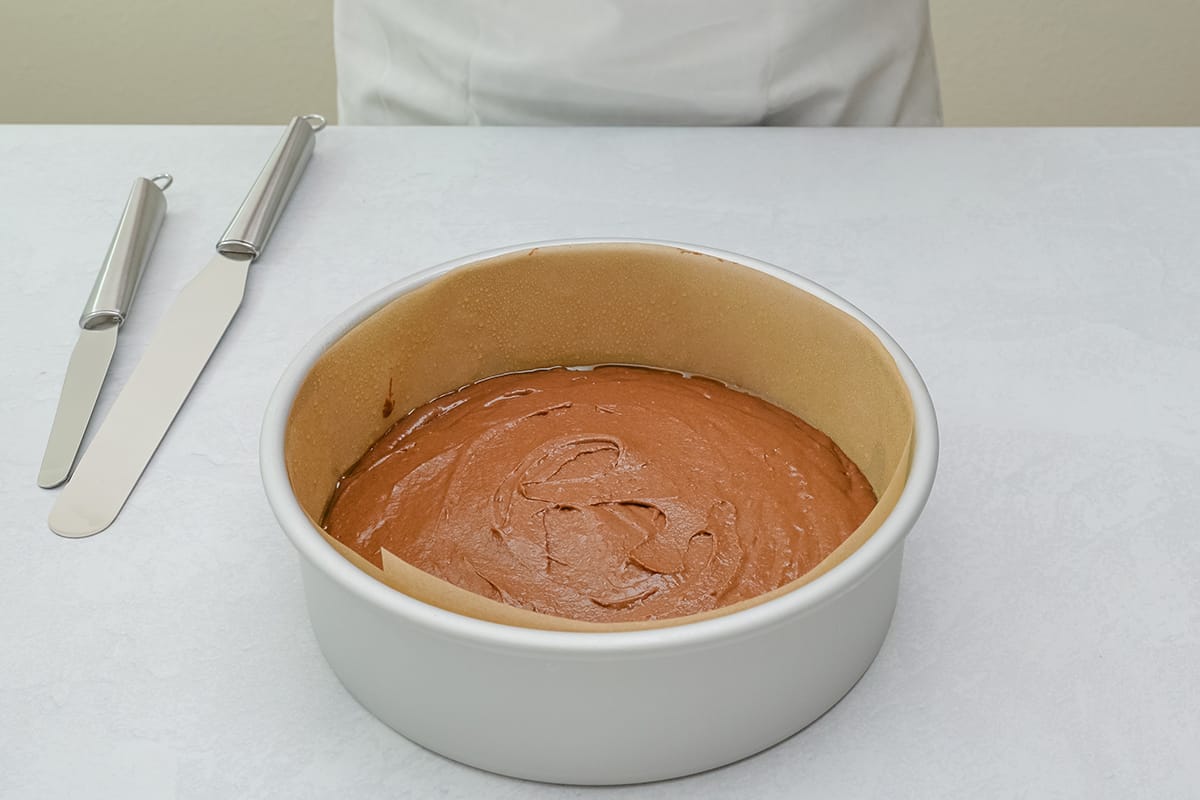
- 6-inch cake pan—This size is suitable for small cakes or for making layers for larger cakes. It has a capacity of 6-8 cups of batter.
- 8-inch cake pan—This is a medium-sized pan that is suitable for most cake recipes. It has a capacity of 8-10 cups of batter.
- 9-inch cake pan—This is similar in size to the 8-inch pan, but it is slightly deeper. It has a capacity of 9-11 cups of batter.
- 10-inch cake pan—This is a larger pan that is suitable for making larger cakes or for making layers for wedding cakes. It has a capacity of 10-12 cups of batter.
- 12-inch cake pan—This is a very large pan that is suitable for making very large cakes or for making multiple layers. It has a capacity of 12-14 cups of batter.
Rectangular Cake Pans
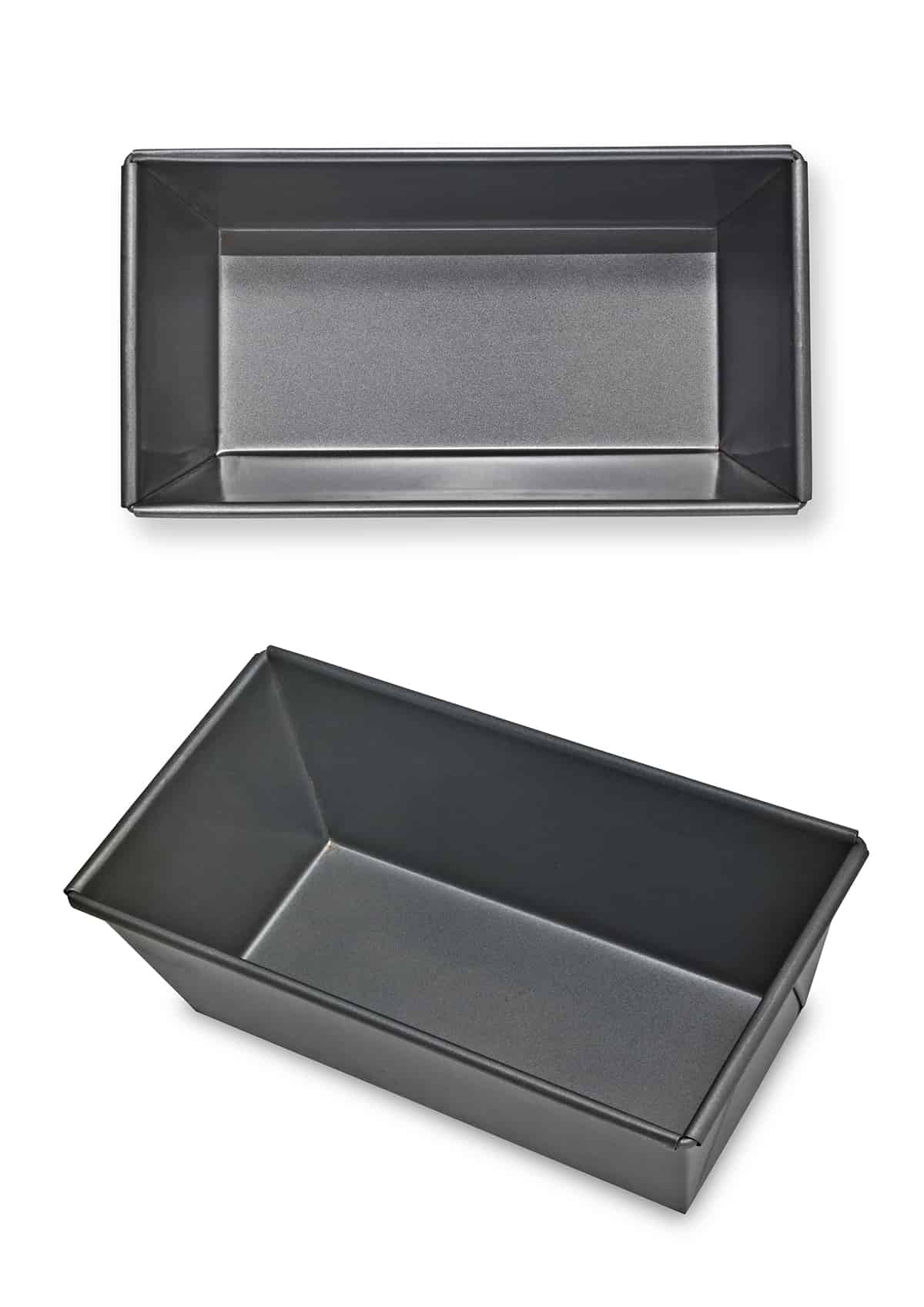
- 8 × 8-inch cake pan—This is the standard square cake pan size you can use for most recipes. It can usually hold up to 8 cups of batter without the tops raising too far above the pan’s brim.
- 9 × 9-inch cake pan—This is another common cake pan size that can serve up to 16 people. You can pour between 8 and 10 cups of batter in this pan without overflowing.
- 12 × 12-inch cake pan—While common, it’s not usually something an occasional baker would have on hand. It can serve as many as 40 people if they only eat a single slice of cake, and it can hold roughly 14 cups of batter at a time.
- 11 × 7-inch cake pan—This is arguably the most common rectangular cake pan size. It can hold up to 10 cups of batter and serve 15 to 16 people.
In addition to these standard sizes, there are also many specialty cake pans available in a range of shapes and sizes. These include round pans, square pans, rectangular pans, heart-shaped pans, and more.
Specialty pans can be used to create unique and visually appealing cakes, but it is important to note that the baking time and temperature may need to be adjusted for these pans, as they may have different capacities than standard round or square pans.
Cake Pan Size Chart
| Cake Pan Size | Surface | Volume (2-in. depth) |
| 4 in. Round | 12.56 sq. in. | 1.5 cups |
| 5 in. Round | 19.63 sq. in. | 2.5 cups |
| 6 in. Round | 28.27 sq. in. | 4 cups |
| 7 in. Round | 38.48 sq. in. | 5 cups |
| 8 in. Round | 201.06 sq. in. | 6 cups |
| 9 in. Round | 63.62 sq. in. | 9 cups |
| 10 in. Round | 78.54 sq. in. | 10 cups |
| 12 in. Round | 113.1 sq. in. | 12 cups |
| 14 in. Round | 153.94 sq. in. | 17 cups |
| 15 in. Round | 176.71 sq. in. | 20 cups |
| 16 in. Round | 201.06 sq. in. | 22 cups |
| 8 × 8 in. Rectangular | 64 sq. in. | 6 cups |
| 9 × 9 in. Rectangular | 81 sq. in. | 10 cups |
| 10 × 10 in. Rectangular | 100 sq. in. | 12 cups |
| 8 × 3 in. Rectangular | 24 sq. in. | 9 cups |
| 9 × 3 in. Rectangular | 27 sq. in. | 12 cups |
| 10 × 4 in. Rectangular | 40 sq. in. | 16 cups |
| 11 × 7 in. Rectangular | 77 sq. in. | 10 cups |
| 13 × 9 in. Rectangular | 117 sq. in. | 14 cups |
| 7.5 × 3-in. Bundt | 44.18 sq. in. | 6 cups |
| 9 × 3-in. Bundt | 63.62 sq. in. | 9 cups |
| 10 × 3.5-in. Bundt | 78.54 sq. in. | 12 cups |
| 8 × 4-in. Loaf | 24 sq. in. | 4 cups |
| 8.5 × 4-in. Loaf | 34 sq. in. | 6 cups |
| 9 × 5-in. Loaf | 45 sq. in. | 8 cups |
| 9-in. Springform | 63.62 sq. in. | 10 cups |
| 10-in. Springform | 78.54 sq. in. | 12 cups |
| 10 × 15-in. Jelly Roll | 150 sq. in. | 10 cups |
| 12 × 17-in. Jelly Roll | 204 sq. in. | 12 cups |
What Are Cake Pans Made of?
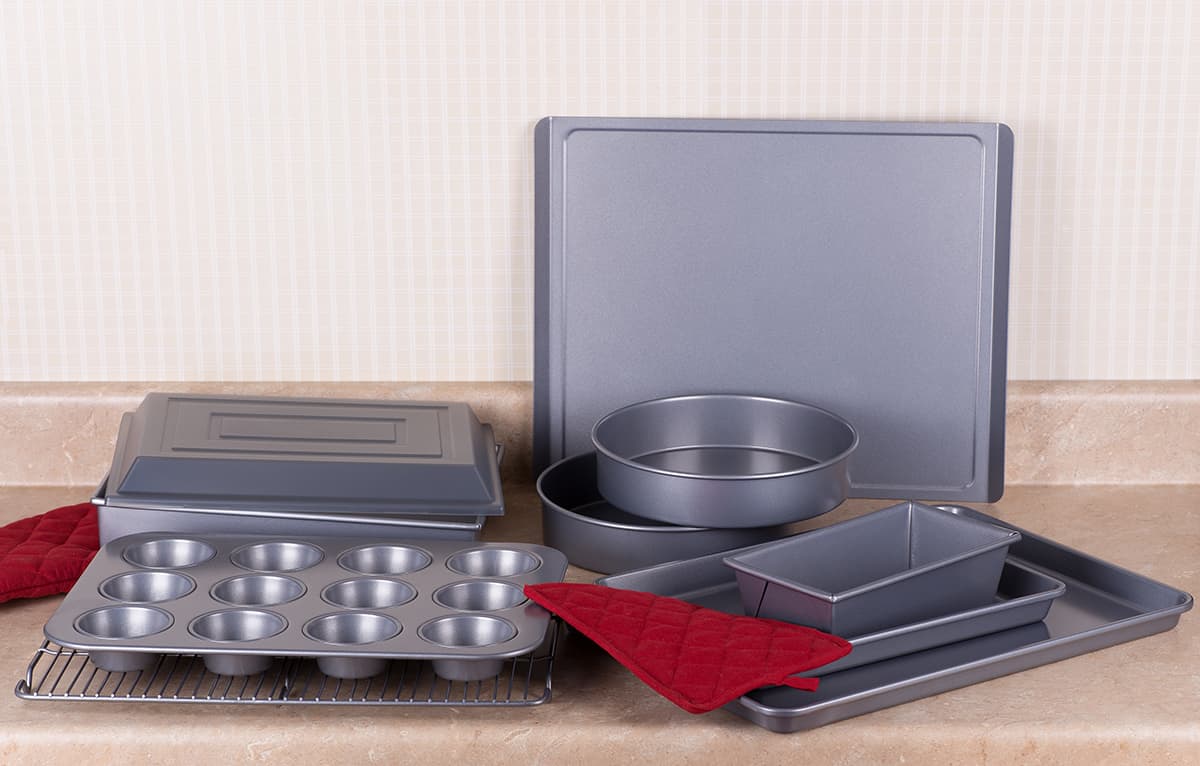
When choosing a cake pan, it is important to consider the material it is made of. Cake pans can be made from a variety of materials, including aluminum, stainless steel, silicone, and nonstick-coated metals. Each type of material has its own benefits and drawbacks.
1. Aluminum
Aluminum cake pans are a popular choice because they are inexpensive and conduct heat well, which helps the cake to bake evenly. However, they can be prone to warping and may require a little extra care to prevent sticking.
2. Stainless Steel
Stainless-steel cake pans are more durable and resistant to warping, but they do not conduct heat as well as aluminum pans, which can result in uneven baking.
3. Silicone
Silicone cake pans are flexible and nonstick, which makes them very easy to use and clean. However, they may not be as durable as other types of pans and may not provide as much support for heavy cakes.
4. Nonstick-coated Metal
Nonstick-coated metal cake pans are a good combination of durability and heat resistance. Your cake should slide right out of the pan if it is cooked to perfection. On the downside, nonstick-coated metal cake pans wear down over time, and some of the nonstick chemicals may end up on the bottom of your cake.
Tips for Choosing the Right Cake Pan Size
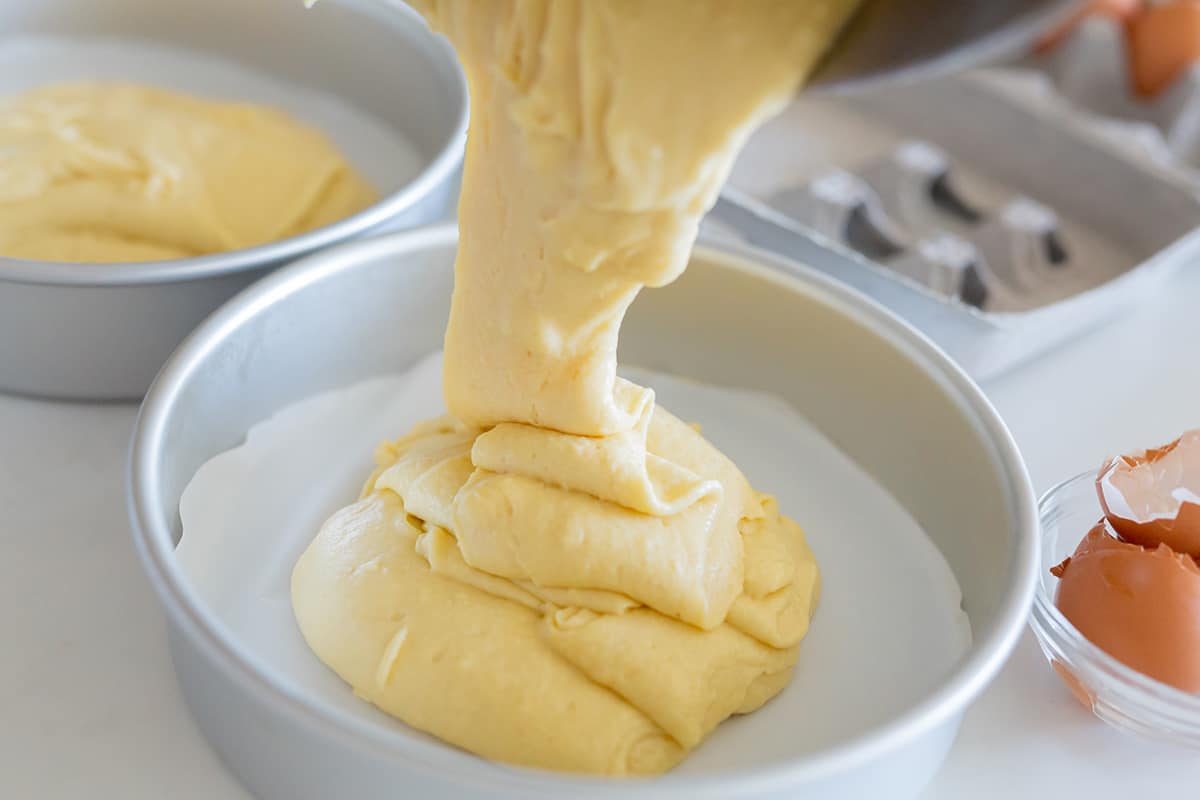
Here are some tips for choosing the right cake pan size:
1. Follow the recipe to the letter
Most cake recipes will specify the size of the pan that should be used, as well as the baking time and temperature. It is important to follow these recommendations to ensure that your cake turns out correctly. If you do not have a pan of the recommended size, you may be able to use a different-size pan, but you will need to adjust the baking time and temperature accordingly.
2. Know how many people you want to serve
The size of the cake pan you choose should be based on the number of servings you need. A 6-inch cake pan will yield a smaller cake that is suitable for 6-8 servings, while a 12-inch cake pan will yield a larger cake that is suitable for 12-14 servings.
3. Think about how tall you want your cake to be
The size of the cake pan will also affect the height of the cake. A smaller pan will result in a thicker cake, while a larger pan will result in a thinner cake. Consider the height of the cake you want and choose a pan size accordingly.
4. Think about how the shape of the pan will affect the cake’s shape
In addition to standard round and square cake pans, there are also many specialty pans available in a range of shapes and sizes. These can be used to create unique and visually appealing cakes, but it is important to note that the baking time and temperature may need to be adjusted for these pans, as they may have different capacities than standard round or square pans.
5. Choose the right pan material
Cake pans can be made from a variety of materials, including aluminum, stainless steel, silicone, and nonstick-coated metals. Each type of material has its own benefits and drawbacks. Please look at the explanation above to get a deeper understanding of how the pan’s material affects your cake.
6. Consider the quality of the pan
It is important to choose a high-quality cake pan that is made from sturdy materials and is built to last. Cheap, flimsy pans are more prone to warping and may not provide even heat distribution, which can result in unevenly baked cakes. Investing in a good-quality pan will pay off in the long run, as it will last longer and produce better-quality cakes.
7. Know the dimensions and capacity of the pan
Be sure to check the dimensions of the pan to ensure that it is the right size for your needs. It is also a good idea to measure the volume of the pan to ensure that it has the capacity you need.
